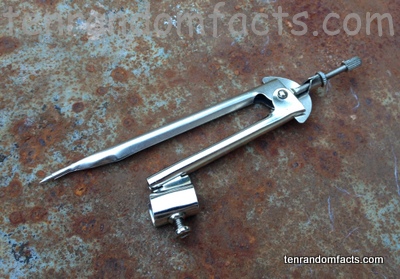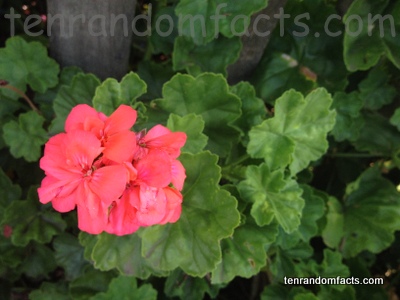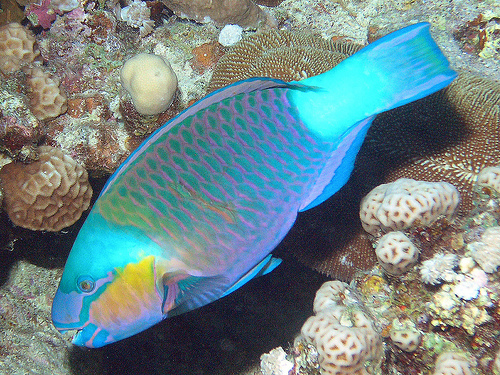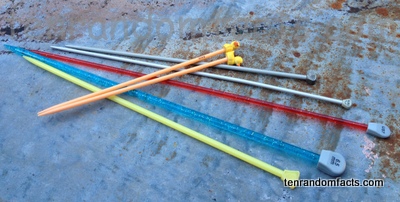
“It always seems impossible until it’s done.” – Nelson Mandela
- Nelson Mandela was the first black president of South Africa and spent much of his life peacefully fighting against the racism of his people, that was rife in his country.
- Nelson Mandela’s full name was ‘Nelson Rolihlahla Mandela’; his English name (Nelson) was given to him by his school teacher on his first day of school, as customary at the time.
- Nelson Mandela was born on 18 July, 1918, in Mvezo, Cape Province, South Africa, and died on 5 December, 2013, in his home in Johannesburg, South Africa, at the age of 95, due to a long-term lung infection.
- Nelson Mandela spent 27 years of his life imprisoned, in three prisons, being arrested in 1964, for ‘sabotaging’ government buildings, and was released in 1990.
- Nelson Mandela was often called the ‘Father of a Nation’ and was also known by his clan name, ‘Madiba’.
Mandela
Image courtesy of South Africa The Good News
- Nelson Mandela was born into a state of royalty, but later ran away to Johannesburg, South Africa, where he spent much of his residential life, to avoid an arranged marriage.
- While in prison, Nelson Mandela’s eyesight was damaged permanently due to the glare on the limestone in the quarry where he worked.
- Nelson Mandela became president on 10 May, 1994, and retired in 1999, although he continued to express his opinions until he ‘retired from retirement’ in 2004.
- Nelson Mandela had six children and married three times, and his most recent wife was Graça Machel, whom he married in 1998.
- Nelson Mandela jointly won the Nobel Peace Prize in 1993, and received over 250 awards and honours, including a number of statues erected.
Bibliography:
Nelson Mandela, 2013, Wikipedia, http://en.wikipedia.org/wiki/Nelson_Mandela
Nelson Mandela’s life and times, 2013, BBC News, http://www.bbc.co.uk/news/world-africa-12305154






















